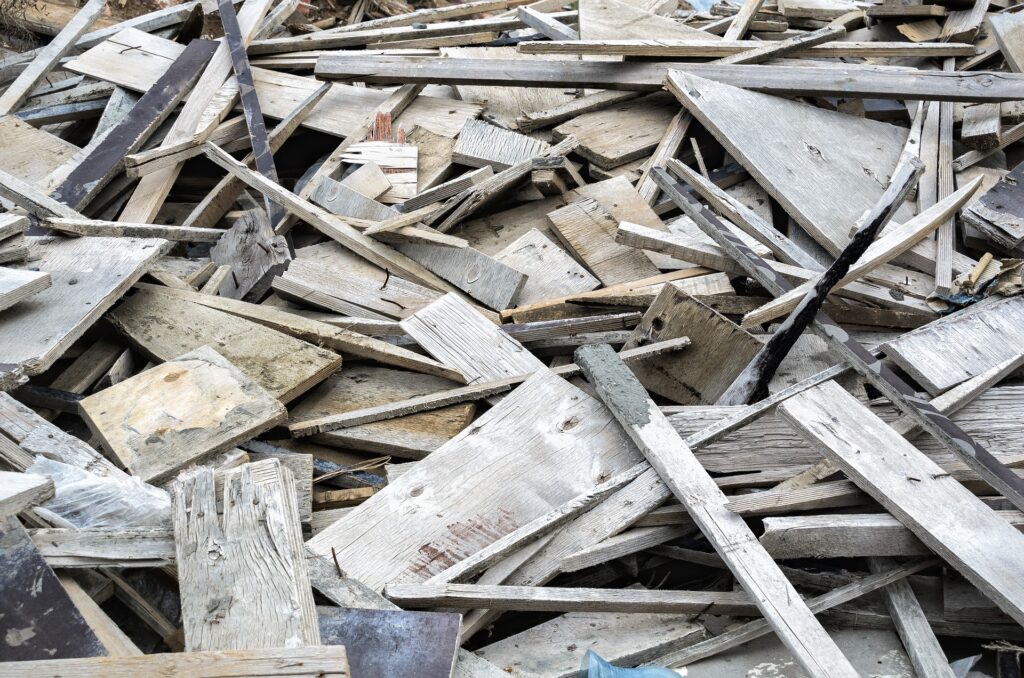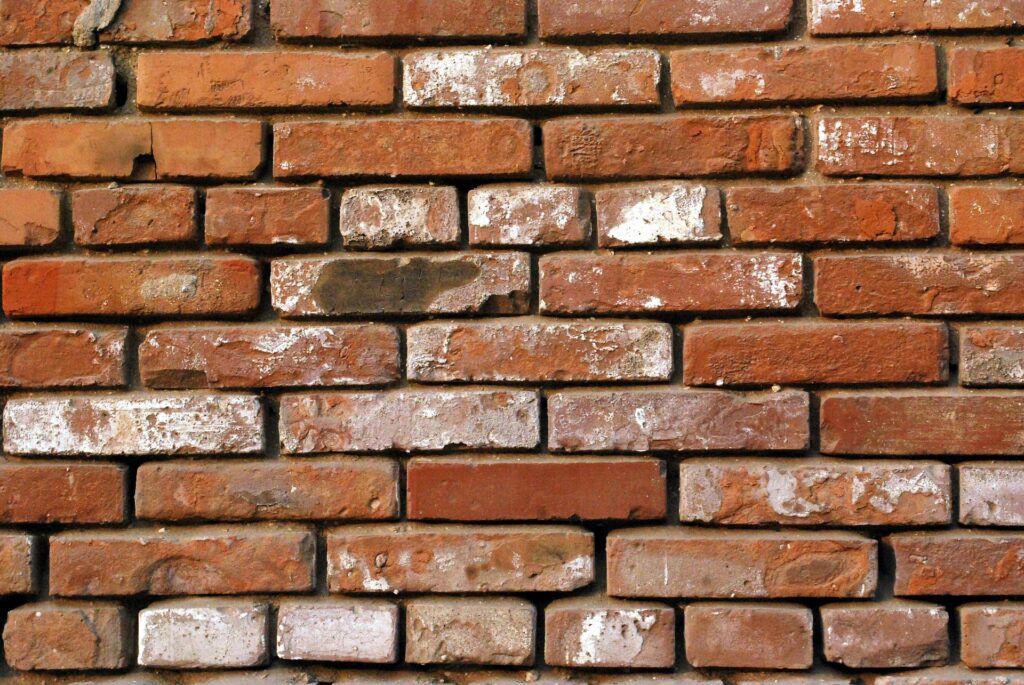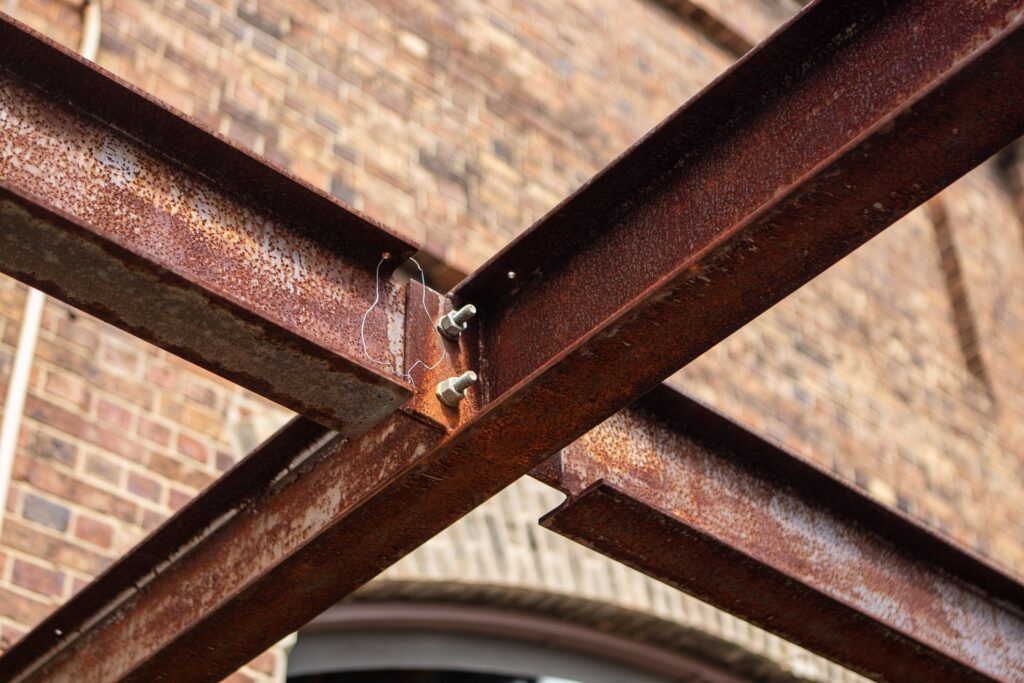Table of Contents
What Are Some Cheap Building Materials?
The success/strength of a structure can be traced back to the materials employed in its construction. While certain building materials are more expensive than others, there are several that are less expensive yet still perform their function.
These tools will not provide the ideal experience, but they will save you money and provide you with what you require at the time. Some of these materials have been recycled, while others are fresh new.
Due to the amount of money available for the project, you may wish to budget for some of these supplies. Take your time and make an informed decision because these items are not 100% guaranteed.
7 Cheap Building Materials
1. Shipping containers:

A shipping container is a big steel box that may hold tens of thousands of pounds of merchandise. It may also be stacked and is intended to fit on ocean freight ships, railroads, and vehicles.
For decades, these containers have been an inconspicuous cog in the world’s immensely intricate manufacturing network. But not any longer.
Shipping container houses are much less expensive to construct than traditional residences. They save a lot of resources and can be designed to appear like ordinary dwellings.
To build or install a container house, you will need a building permit, and you will most likely require a site plan to acquire the building permit.
It is vital to remember that when used as cargo boxes, shipping containers are deemed wind and watertight, which means they shut off wind and water.
Containers can sail at sea while being protected from these elements, keeping the stored contents secure. Insulation is required to make shipping containers habitable. Because heat flows rapidly through steel, they roast in hot areas and freeze in cold climates.
Because shipping container homes are composed of metal, they may corrode. Shipping containers are built to last and to be tough in all types of weather.
In reality, a container with surface rust or rust patches may withstand a storm just as well as a rusty, brand-new container. The longevity of a shipping container home is heavily influenced by the environment in which it is placed.
Generally, a residence constructed from old shipping containers should survive around 15 years without substantial upkeep, whereas one constructed from new containers should last about 25 years.
Shipping containers are also utilized to construct theaters, schools, restaurants, homes, offices, emergency clinics, portable toilets, and stores.
2. Recycled Wood:
Recycled wood may be used to build a range of items such as planters, tables, headboards, and benches. Woodworking is one of humanity’s oldest trades, stretching back thousands of years.
And why shouldn’t they? Wood is abundant, affordable, and simple to deal with, not to mention a renewable resource. It is a treated wood that has been removed from its original application for future usage.
Reclaimed or old wood is mostly utilized for decorating and house construction, such as siding, architectural elements, cabinets, furniture, and flooring. Reclaimed wood lessens the devastation caused by deforestation, prevents important resources from being wasted, and wisely repurposes wood that has been considered unfit.
Other benefits include far lower emissions than are connected with the logging, transportation, and processing of fresh wood. It also, reduces the need for unneeded logging in our forests, preserving a precious living resource. Old pallets and other wood may be recycled into useful goods such as mulch, animal bedding, and construction materials.
3. Used Brick:

Used bricks can be used for a variety of purposes, including patios, fire pits, lawn borders, and paths. Reclaimed bricks are a low-cost and attractive landscaping option.
One of the key benefits of utilizing any recycled material, including brick, is that it is less expensive than purchasing brand new building materials.
This makes sense considering that used bricks do not require clay to be mined, transported, molded, burned, and then carried again. Naturally, recycled bricks may be used in several ways in your house.
While the sky is the limit, there are several excellent spots where it works well. This building material, for example, lends itself wonderfully to being exhibited on the inside of your home.
4. Prefabricated Panels:

Prefabricated wall panels are factory-built pieces manufactured in an indoor setting. The modules are cut, nailed, and screwed together in a quality-controlled setting, resulting in a stronger, more lasting wall construction.
Most homeowners pay between $1,650 and $8,000 for a precast concrete wall. Precast concrete is another term for prefabricated concrete. The Precast wall prefabricated wall is the high-tech solution you’ve been looking for.
It’s quick to install, ergonomic, and completely flexible. The Classic precast wall is an integrated formwork wall made up of two thin reinforced concrete shells linked together and separated by metal Wales.
A recent study directly compared the prices of precast concrete to on-site pouring and discovered that precast concrete slabs save 23 percent more than cast-in-place concrete.
Columns produced a comparable effect, with savings of 21% less than on-site pouring. Finding the property, hiring a contractor, and preparing the site all take a significant amount of time and effort.
One of the most well-known disadvantages of prefabricated buildings is that they do not provide the same degree of quality as conventional structures. These methods are restricted in terms of customization and service locations.
5. Corrugated Iron:
Corrugated iron has withstood the test of time, gone in and out of vogue, and expanded its use; aside from roofing, it is also used for tanks, agricultural reservoirs, grain silos, and culverts.
This metal is priced comparable to asphalt shingles, especially at the low end, from $5.50 to $8.50 per square foot installed; but high-quality corrugated metal panels are significantly more robust, energy-efficient, and may last far longer than asphalt shingles.
Unfortunately, corrugated iron is particularly prone to rust. The majority of corrugated iron is galvanized, which is a method of putting a protective zinc coating on steel or iron.
5. Laminated Bamboo Lumber:

Because of bamboo’s inherently sustainable and structural properties, this material, also known as laminated bamboo lumber or LBL, has been investigated as an alternative construction material.
The material is often created by mixing raw bamboo culm with a laminated composite. Laminated bamboo lumber is a novel idea that includes gluing together bamboo material in various shapes (e.g., strands or mats) to make rectangular boards that resemble lumber.
Engineered or laminated bamboo, a very sustainable and technically amazing material, is one such recently discovered option.
Bamboo forests, which develop at a quicker rate and have a shorter harvest cycle than lumber, are said to have up to four times the carbon density per hectare of spruce forests.
7. Iron Beams:

Iron Beam uses a fiber laser to kill an airborne target in 4–5 seconds. A danger is spotted by a surveillance system and tracked by vehicle platforms to engage, whether working as a stand-alone system or with external cueing as part of an air-defense system.
Also, Iron beams are commonly used in construction and civil engineering and are typically constructed of structural steel. Iron Beams sustain the weight of a building’s floors, ceilings, and roofs and transfer the load to a vertical load-bearing element’s structure.
To bear the combined weight of stacked walls and transmit the support load, bigger and heavier beams known as transfer beams are frequently employed.












